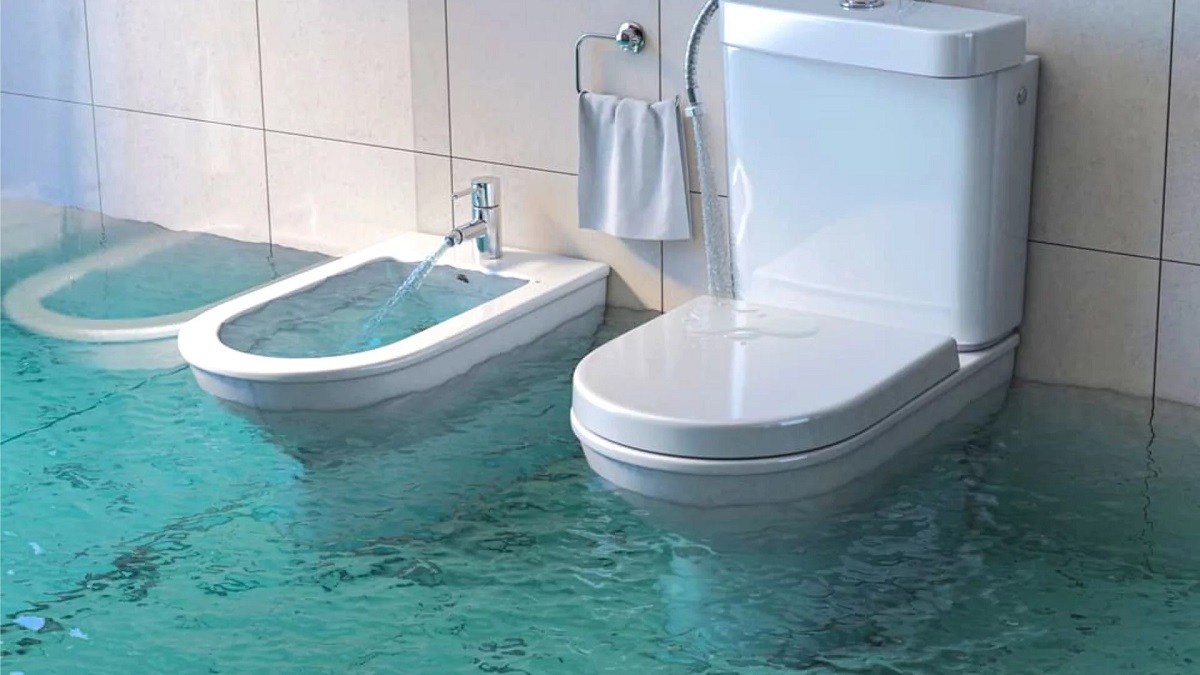

Articles
How To Fix An Overflowing Toilet
Modified: October 20, 2024
Learn how to fix an overflowing toilet with our comprehensive articles. Get step-by-step instructions and expert tips to handle this common household issue.
(Many of the links in this article redirect to a specific reviewed product. Your purchase of these products through affiliate links helps to generate commission for Storables.com, at no extra cost. Learn more)
Introduction
An overflowing toilet can be a frustrating and messy situation to deal with. Whether it’s caused by a clog or a malfunctioning toilet mechanism, it’s important to address the issue promptly to prevent further damage to your bathroom and plumbing system. While some toilet problems may require professional help, there are several steps you can take to fix an overflowing toilet yourself.
In this article, we will guide you through a step-by-step process to fix an overflowing toilet and provide you with some helpful tips to prevent future mishaps. By following these instructions and using the necessary tools and materials, you can restore your toilet’s functionality and avoid any unnecessary expenses.
Before we begin, it’s important to note that safety should be your top priority. If you are unsure about any step or feel uncomfortable handling the situation, it’s best to call a professional plumber.
Key Takeaways:
- Promptly shut off the water supply and assess the issue to clear any blockages using a plunger or toilet auger. Adjust the water level and follow preventive tips to avoid future toilet overflow incidents.
- Thoroughly clean up the mess and disinfect the area after fixing an overflowing toilet. Implement preventive measures, such as regular maintenance and educating household members, to minimize the risk of future mishaps.
Read more: How To Stop An Overflowing Toilet
Tools and Materials Needed
Before you start fixing an overflowing toilet, gather the following tools and materials:
- Plunger: A plunger is a useful tool for unclogging toilets. Make sure you have a toilet plunger with a flange, as it provides better suction.
- Bucket: You’ll need a bucket to collect water and prevent it from spilling onto the floor.
- Rubber gloves: Wearing rubber gloves will protect your hands from coming into contact with any wastewater.
- Old towels or rags: Keep some old towels or rags handy to clean up any water spills or to protect the floor.
- Toilet auger or snake: If a plunger doesn’t fix the problem, you may need a toilet auger or snake to remove stubborn clogs or blockages.
Additionally, it’s a good idea to have some disinfectant cleaner and a toilet brush to sanitize the toilet once the issue is resolved.
Once you have gathered all the necessary tools and materials, you are ready to begin fixing your overflowing toilet. Remember to follow the steps carefully, and take your time to ensure that you address the problem effectively.
Step 1: Shut off the Water Supply
The first step in fixing an overflowing toilet is to shut off the water supply. This will prevent any more water from flowing into the toilet bowl and worsening the situation. Follow these steps to shut off the water supply:
- Locate the water shut-off valve: The shut-off valve is typically located behind or next to the toilet, near the base of the wall. It should be a small, round valve connected to a water supply line.
- Turn the valve clockwise: Use your hand or a wrench to turn the valve clockwise until it is fully closed. This will stop the water flow to the toilet.
- Check for leaks: After shutting off the valve, check for any leaks or drips to ensure that the valve is fully closed. If you notice any leaks, tighten the valve further or call a professional plumber for assistance.
By shutting off the water supply, you minimize the risk of water overflow and potential water damage to your bathroom. With the water supply turned off, you can now move on to the next step to address the issue causing the toilet to overflow.
Step 2: Assess the Problem
Once you have shut off the water supply, it’s time to assess the problem that is causing your toilet to overflow. There can be several reasons for this issue, and identifying the cause will help you determine the best course of action. Follow these steps to assess the problem:
- Observe the water level: Take a look at the water level in the toilet bowl. If it is close to the rim or overflowing, it indicates that there is a blockage in the drainpipe or toilet trap.
- Check for visible obstructions: Look inside the toilet bowl to see if there are any visible objects, such as excessive toilet paper, sanitary products, or foreign objects, that may be causing the blockage.
- Listen for unusual sounds: If you hear gurgling noises or air bubbles while the toilet is flushing or filling up, it may indicate a ventilation problem or a blocked vent stack.
- Inspect the toilet tank: Lift the lid of the toilet tank and check if the float or fill valve is malfunctioning. A faulty mechanism can cause continuous water flow and lead to an overflowing toilet.
By assessing the problem, you can narrow down the possible causes and determine the appropriate solution. If you can identify a visible obstruction or a malfunctioning toilet mechanism, you may be able to fix the problem yourself. However, if the issue is more complex or requires professional expertise, it’s best to seek help from a plumber.
Step 3: Clear the Blockage
Once you have assessed the problem and identified a blockage as the cause of the overflowing toilet, it’s time to clear the obstruction. Follow these steps to effectively clear the blockage:
- Use a plunger: Begin by using a plunger to try and dislodge the blockage. Ensure that the plunger covers the entire drain opening in the toilet bowl. Push the plunger down firmly, then pull it up sharply to create suction. Repeat this motion several times, applying steady pressure. The suction created by the plunger may break up the blockage and allow water to flow freely.
- Try a toilet auger or snake: If the plunger doesn’t resolve the issue, you can use a toilet auger or snake. Insert the auger into the toilet bowl and rotate it in a clockwise direction. Gently push the auger down, feeding the cable into the drain, while also applying slight pressure to break up the obstruction. When you feel resistance, continue feeding the auger until you’ve cleared the blockage.
- Flush the toilet: Once you believe that the blockage is cleared, flush the toilet to see if it drains properly. If the water drains without any signs of overflow, the blockage has been successfully cleared.
It’s important to note that when using a plunger or toilet auger, you should avoid using excessive force as it may damage the toilet bowl or drainpipe. If you are unable to clear the blockage yourself or if you encounter any difficulties, it’s advisable to seek the assistance of a professional plumber.
By effectively clearing the blockage, you can restore proper water flow and prevent future instances of toilet overflow.
If your toilet is overflowing, turn off the water supply to the toilet by locating the shut-off valve behind the base. This will prevent further flooding while you address the issue.
Read more: How To Fix Overflowing Rain Gutters
Step 4: Test and Adjust Water Level
After clearing the blockage and ensuring that the toilet is draining properly, it’s time to test and adjust the water level in the toilet tank. Follow these steps to ensure the water level is at the correct height:
- Remove the tank lid: Gently lift the lid of the toilet tank and set it aside on a secure surface.
- Check the water level: Take a look at the water level in the tank. It should be approximately one inch below the overflow tube or the designated fill line marked on the inside of the tank.
- Adjust the float or fill valve: If the water level is too high, adjust the float or fill valve to lower it. Depending on the type of mechanism in your toilet, you may need to adjust the float arm or turn the adjustment screw on the fill valve.
- Test the flush: Once you have adjusted the water level, flush the toilet to ensure that the tank refills to the appropriate level and stops when it reaches the designated fill line.
It’s important to make sure that the water level is neither too high nor too low. If the water level is too high, it may result in overflow and subsequent toilet problems. On the other hand, if the water level is too low, it may lead to inefficient flushing.
If you are unsure about how to adjust the water level or if you encounter any difficulties, refer to the manufacturer’s instructions for your specific toilet model. You can also seek assistance from a professional plumber for further guidance.
By testing and adjusting the water level, you can ensure that your toilet operates properly and minimizes the risk of future overflow incidents.
Step 5: Clean Up the Mess
Dealing with an overflowing toilet can be messy, but it’s important to clean up the area thoroughly to maintain hygiene and prevent any lingering odors. Follow these steps to effectively clean up the mess:
- Wear protective gear: Put on rubber gloves and any other necessary protective gear to ensure that you don’t come into direct contact with any contaminated materials.
- Remove excess water: Use a bucket or a wet-dry vacuum to remove any excess water from the bathroom floor. Be careful not to spill any water onto electrical outlets or appliances.
- Contain the waste: Using old towels or rags, soak up any remaining water and carefully dispose of them. Place them in a plastic bag and tie it securely to prevent any leakage.
- Clean and disinfect: Thoroughly clean the affected area using a disinfectant cleaner. Pay attention to the toilet bowl, the floor around the toilet, and any other surfaces that may have been contaminated. Use a toilet brush to scrub the inside of the toilet bowl, and wipe down the exterior surfaces as well.
- Dry the area: Allow the cleaned area to air dry or use a towel to dry it properly. Ensure that the area is dry to prevent any potential slips or accidents.
It’s important to note that if the overflowing toilet has caused extensive water damage to the surrounding walls or flooring, it may be necessary to seek professional help for repairs and restoration.
By taking the time to clean up the mess and disinfect the area, you minimize the risk of any health hazards and maintain a clean and safe bathroom environment.
Step 6: Prevention Tips
Preventing future toilet overflow incidents is essential to maintaining a functional and hassle-free bathroom. Here are some preventive measures and tips to help you avoid toilet overflow:
- Watch what you flush: Avoid flushing non-biodegradable items, such as wet wipes, cotton balls, paper towels, or feminine hygiene products. These items can easily clog the drain and cause the toilet to overflow.
- Use less toilet paper: Excessive amounts of toilet paper can also lead to clogs. Use an appropriate amount of toilet paper when using the toilet and consider using thinner or more easily dissolvable toilet paper to minimize the risk of blockages.
- Regular maintenance: Perform regular maintenance on your toilet, including checking the fill valve, flapper, and flush valve, to ensure they are functioning properly. This will help prevent any malfunctions that may lead to overflow.
- Install a toilet overflow prevention device: Consider installing a toilet overflow prevention device, such as a shut-off valve or an overflow alarm. These devices can automatically shut off the water supply or alert you when the water level in the toilet is reaching a critical point.
- Educate household members: Teach everyone in your household about proper toilet usage and discourage them from flushing inappropriate items. Inform them about the potential consequences of toilet overflow and the importance of maintaining a well-functioning toilet.
- Regular plumbing inspections: Schedule regular inspections by a professional plumber to ensure that your plumbing system is in good condition. They can identify potential issues before they lead to major problems, such as toilet overflow.
By implementing these prevention tips, you can significantly reduce the chances of experiencing a toilet overflow in the future. Remember that proactive measures and regular maintenance are key to avoiding plumbing emergencies.
Conclusion
An overflowing toilet can be a messy and frustrating issue, but with the right knowledge and steps, you can resolve the problem and prevent it from happening in the future. By following the steps outlined in this guide, you can confidently fix an overflowing toilet and restore its functionality.
Remember to shut off the water supply before assessing the problem and clearing any blockages. Use tools like a plunger or a toilet auger to dislodge the obstruction and ensure proper water flow. Once the blockage is cleared, test and adjust the water level in the toilet tank to prevent overflow.
After solving the issue, it’s important to clean up the mess thoroughly and disinfect the area to maintain hygiene. Additionally, implementing preventive measures such as being mindful of toilet paper usage, avoiding flushing non-biodegradable items, and scheduling regular maintenance can help prevent future toilet overflow incidents.
If you encounter any difficulties or if the problem persists, it is always advisable to seek the assistance of a professional plumber. They have the expertise to handle complex issues and ensure the proper functioning of your toilet and plumbing system.
By taking prompt action, implementing preventive measures, and staying proactive in maintaining your toilet, you can minimize the likelihood of an overflowing toilet and enjoy a hassle-free bathroom experience.
Frequently Asked Questions about How To Fix An Overflowing Toilet
Was this page helpful?
At Storables.com, we guarantee accurate and reliable information. Our content, validated by Expert Board Contributors, is crafted following stringent Editorial Policies. We're committed to providing you with well-researched, expert-backed insights for all your informational needs.
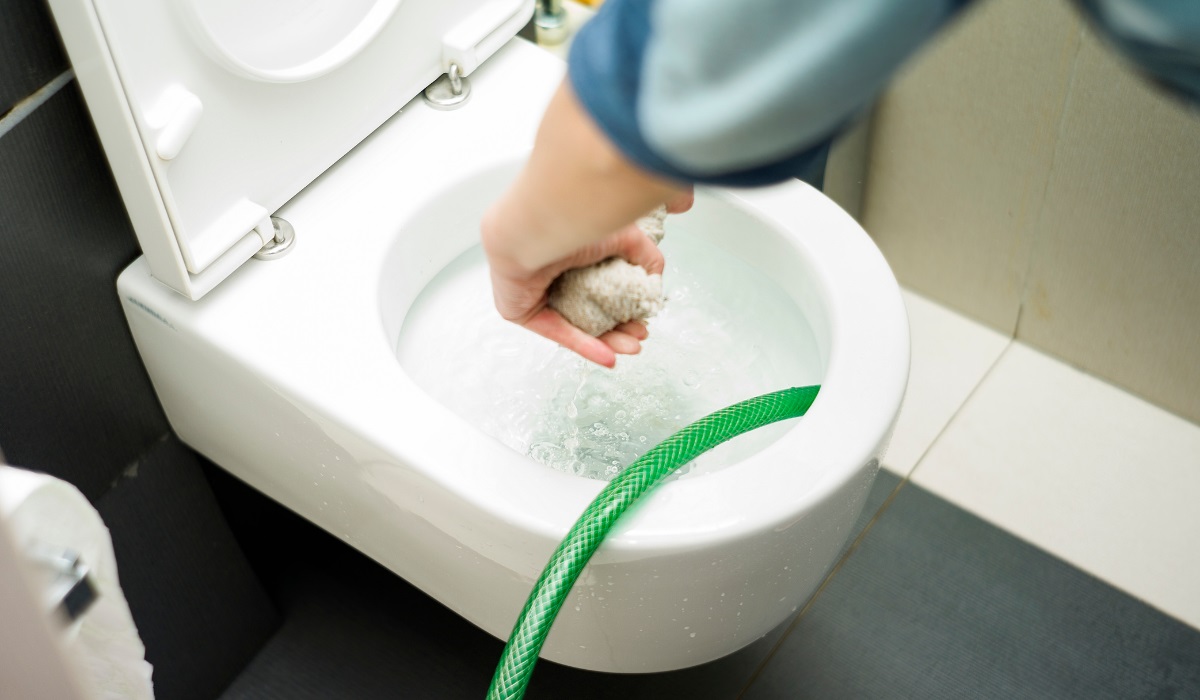
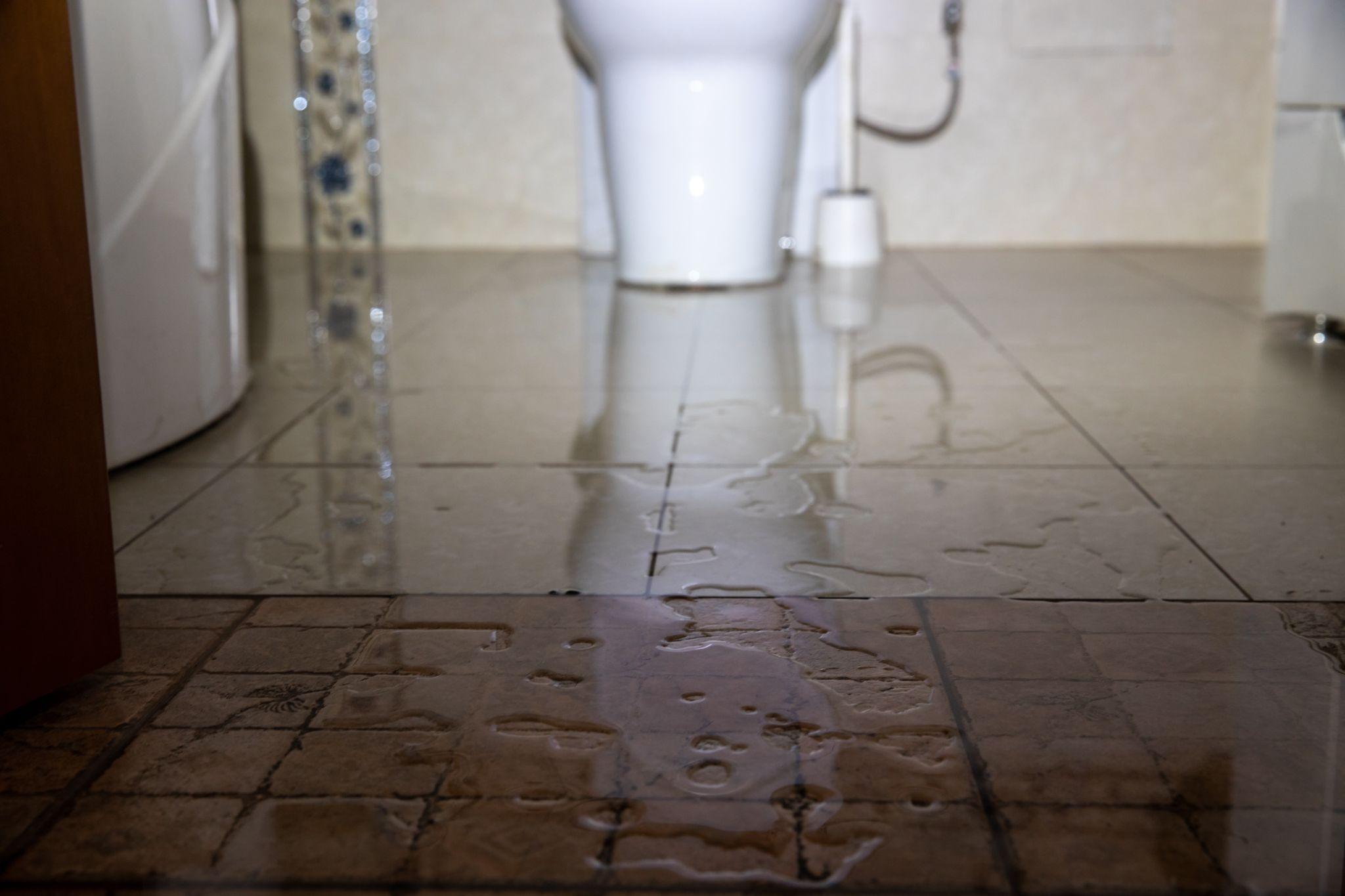
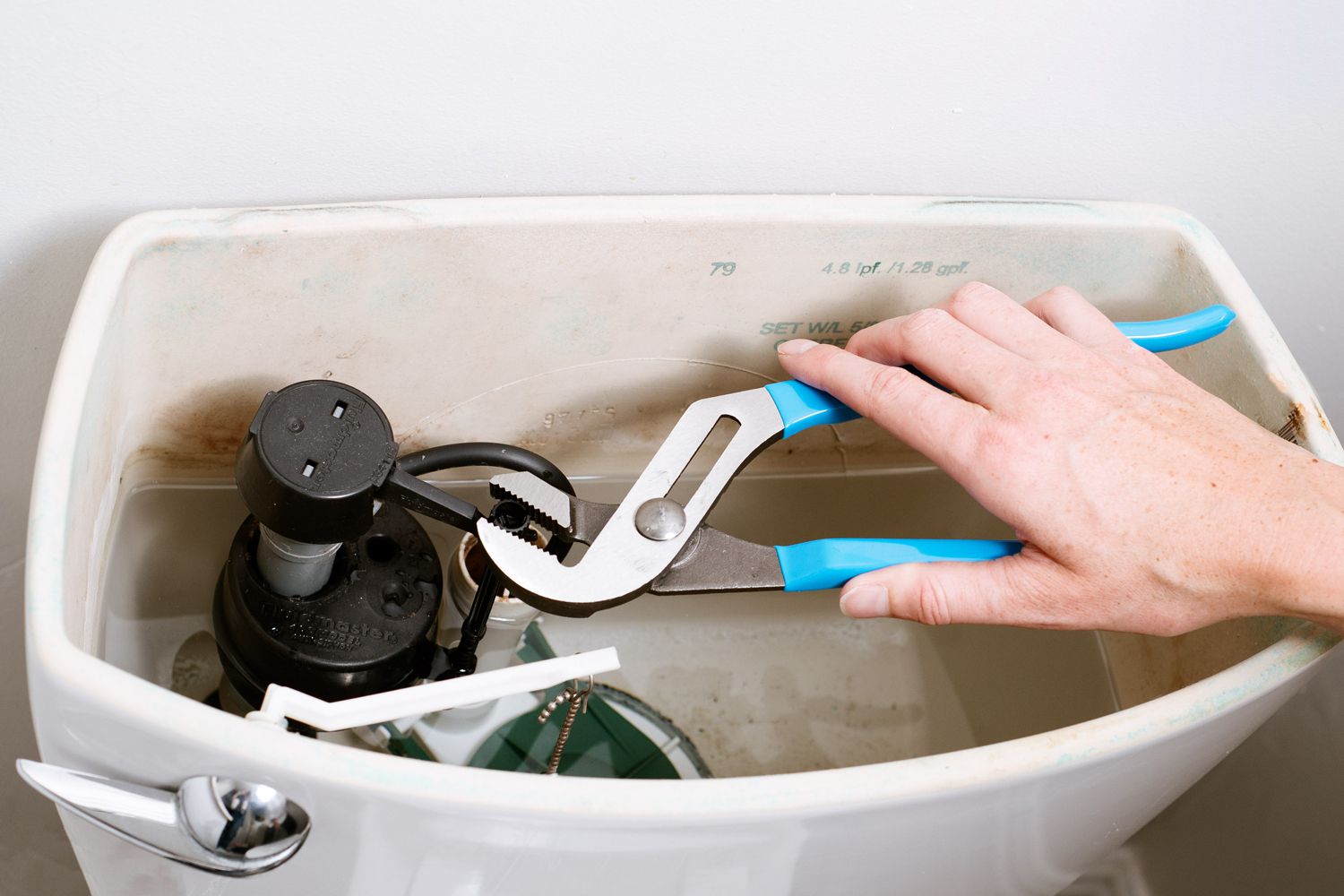
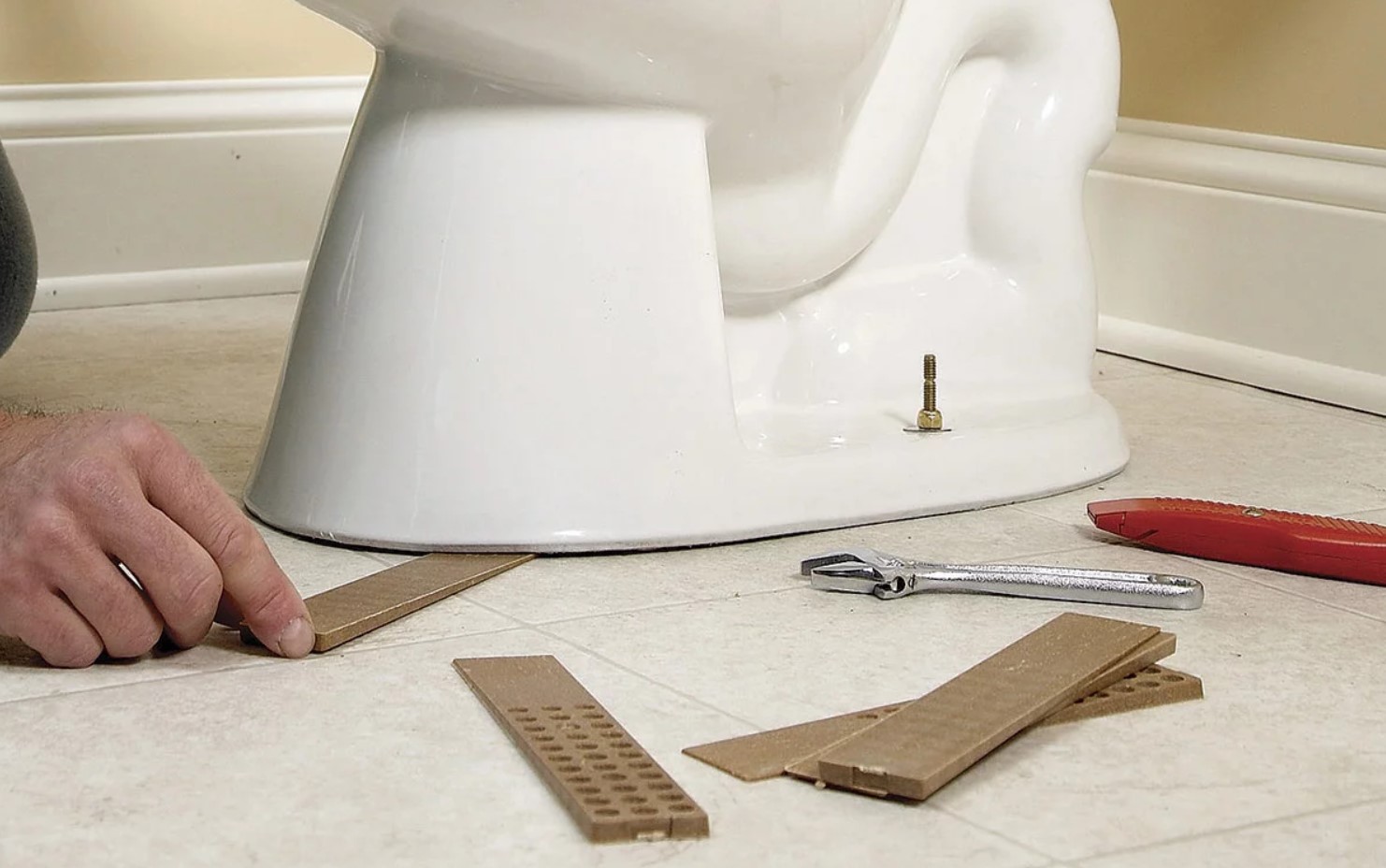
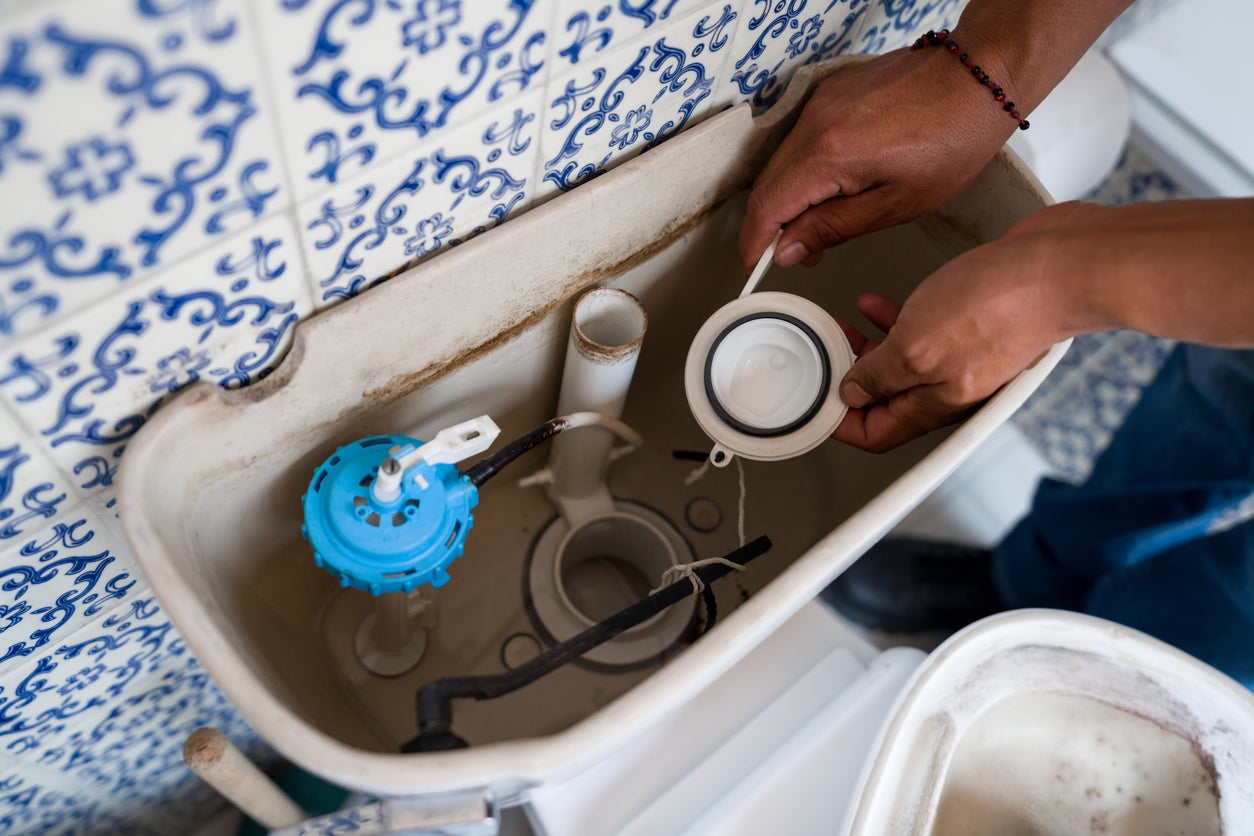
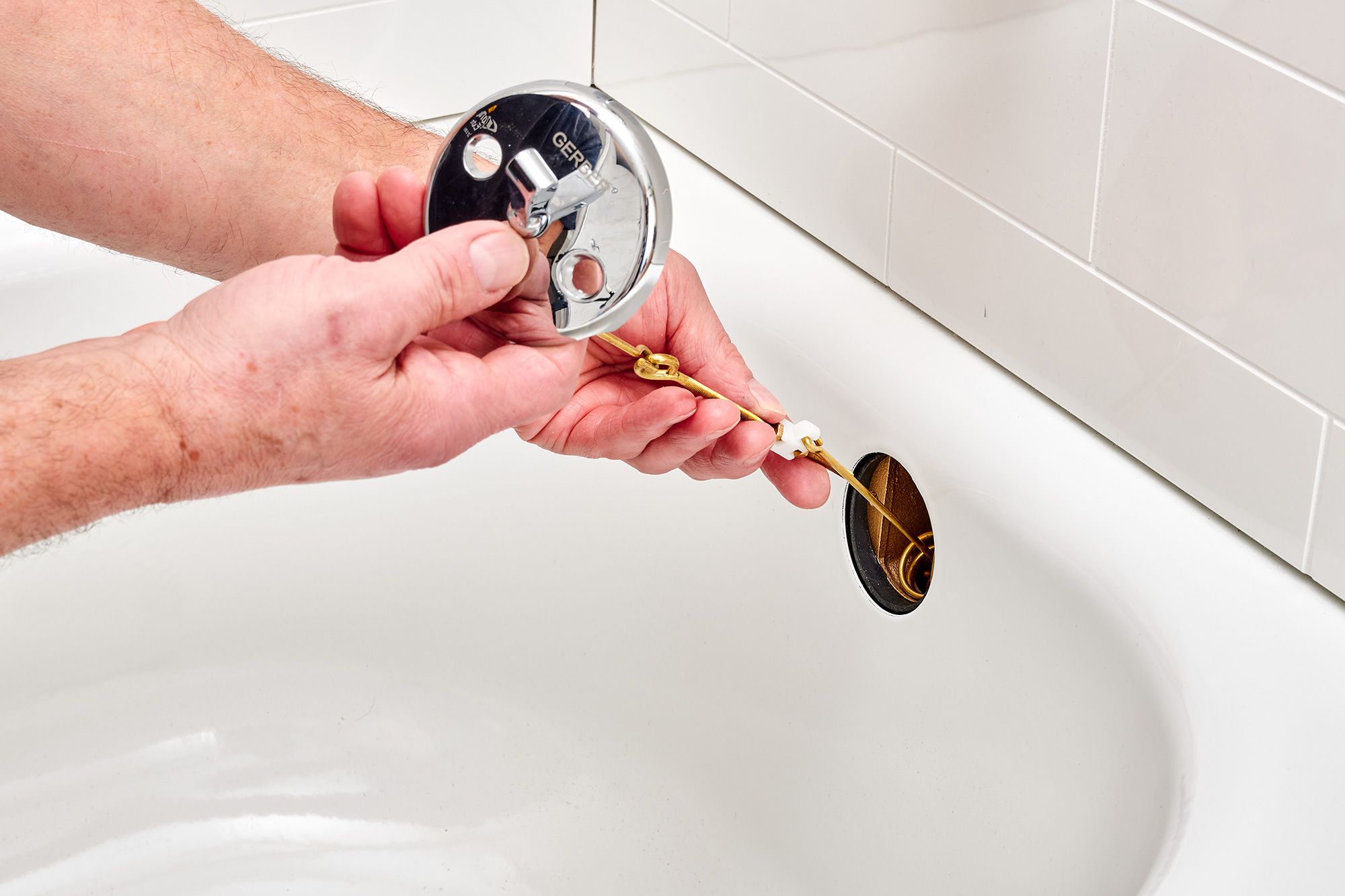
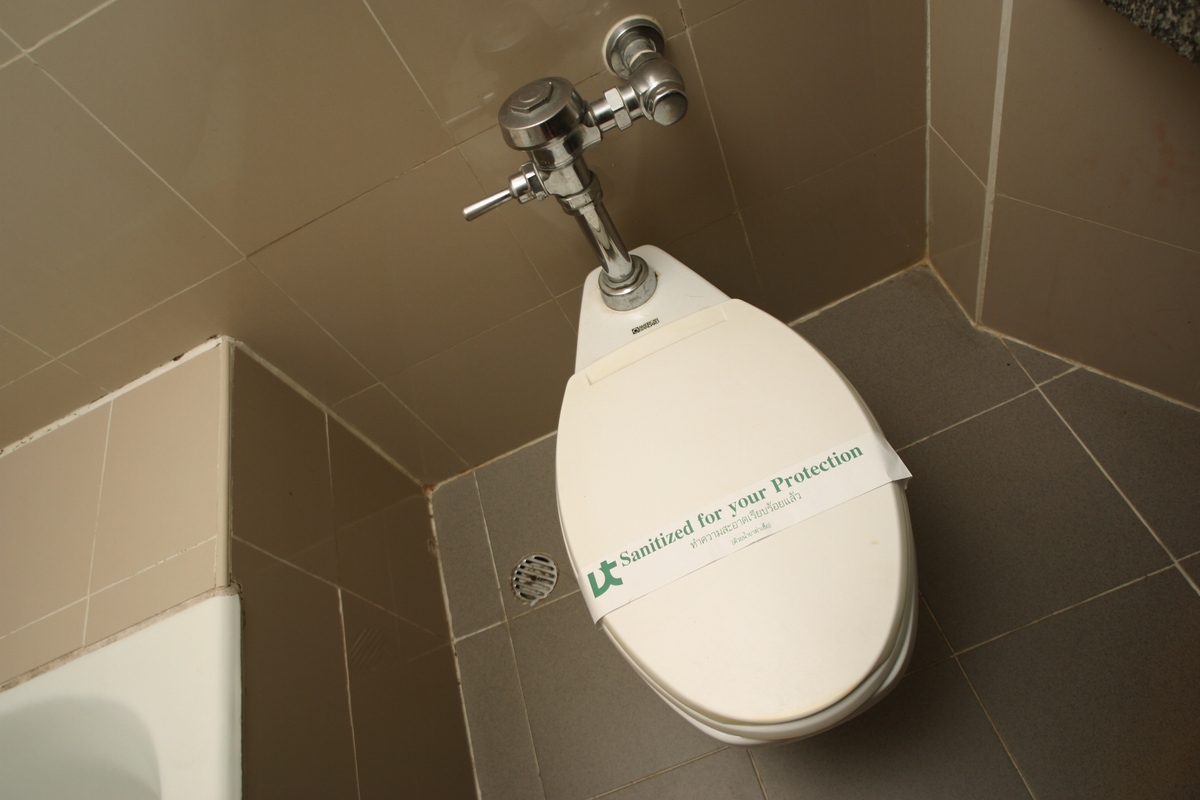
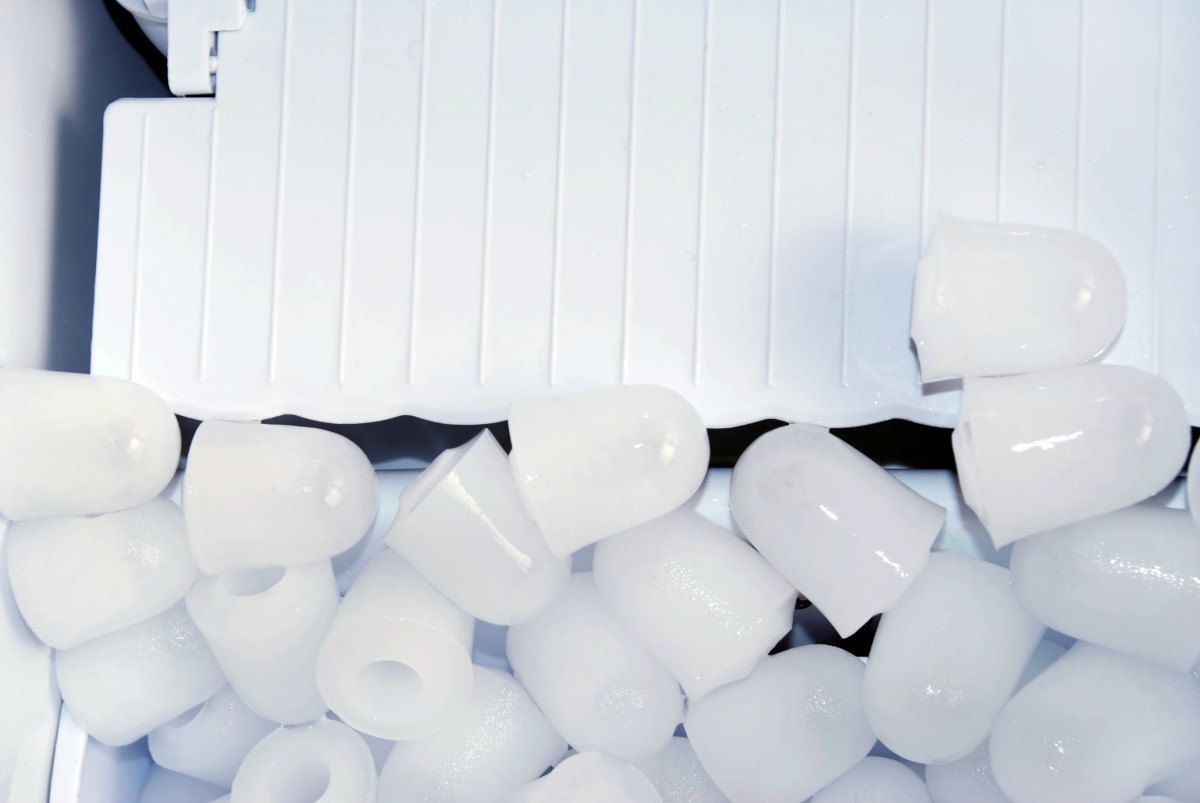
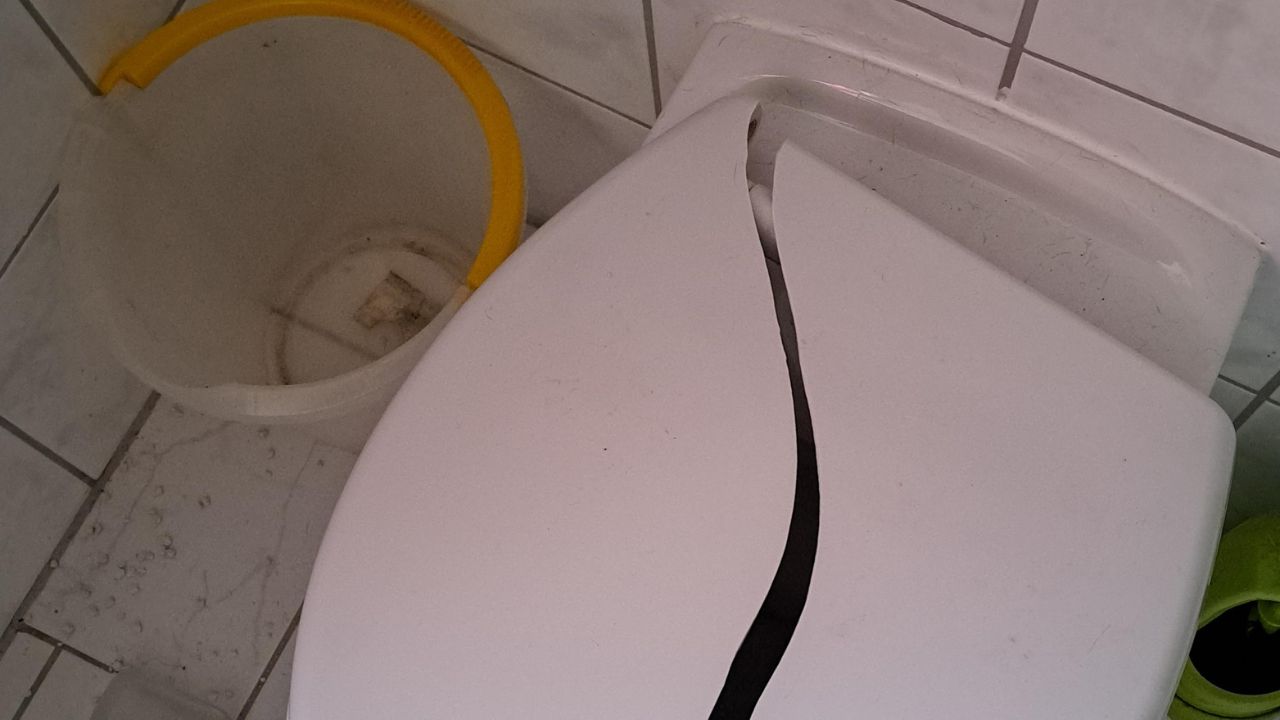
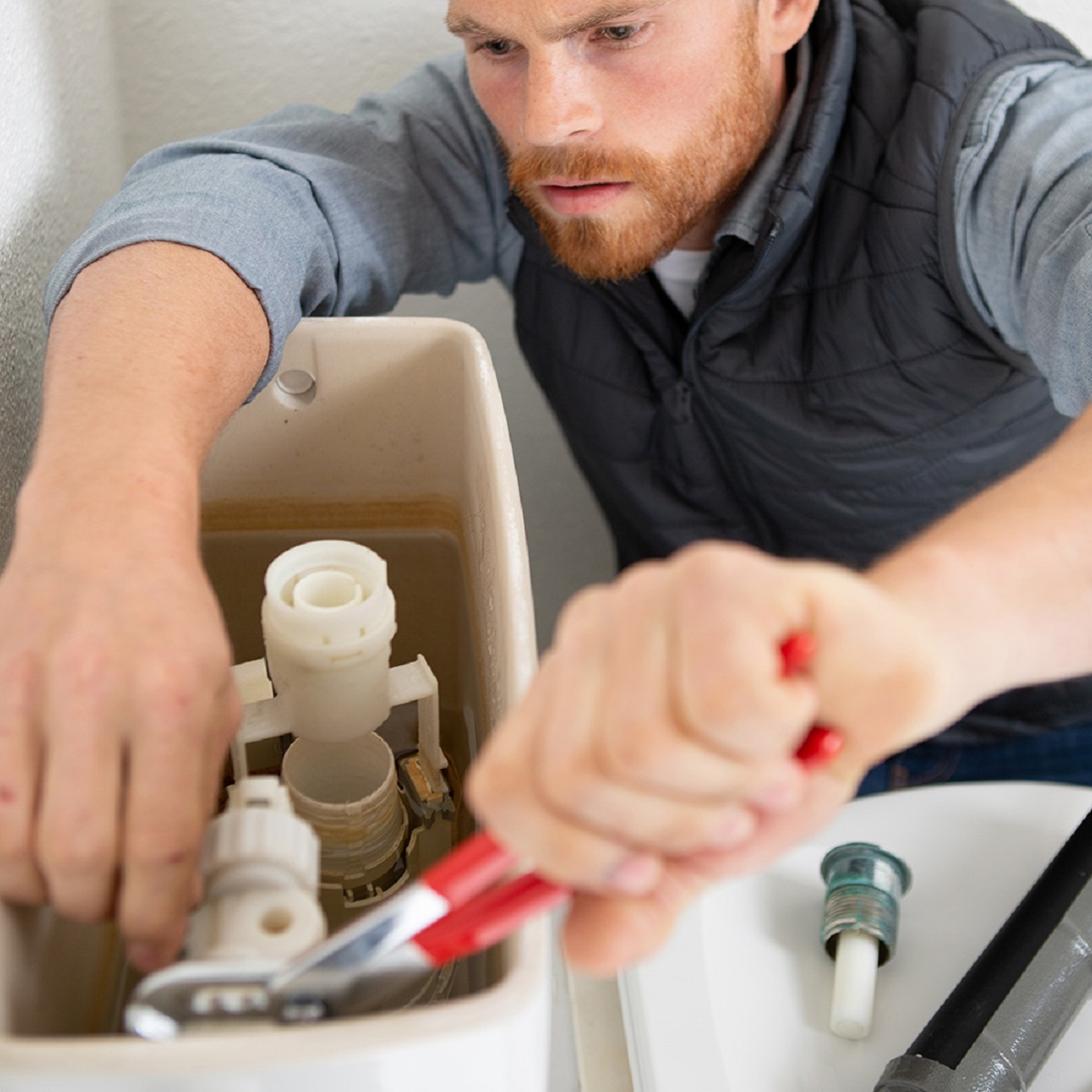

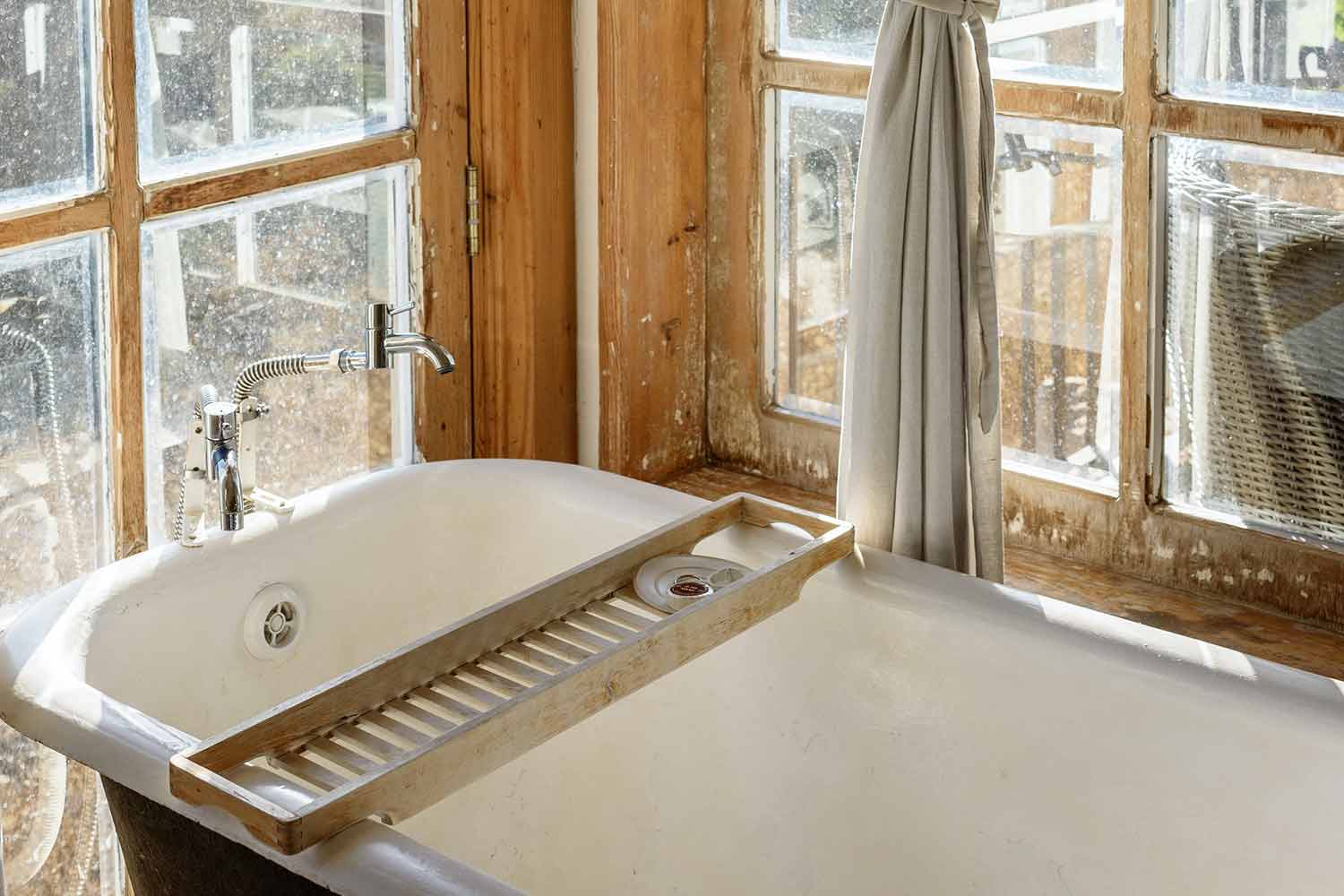
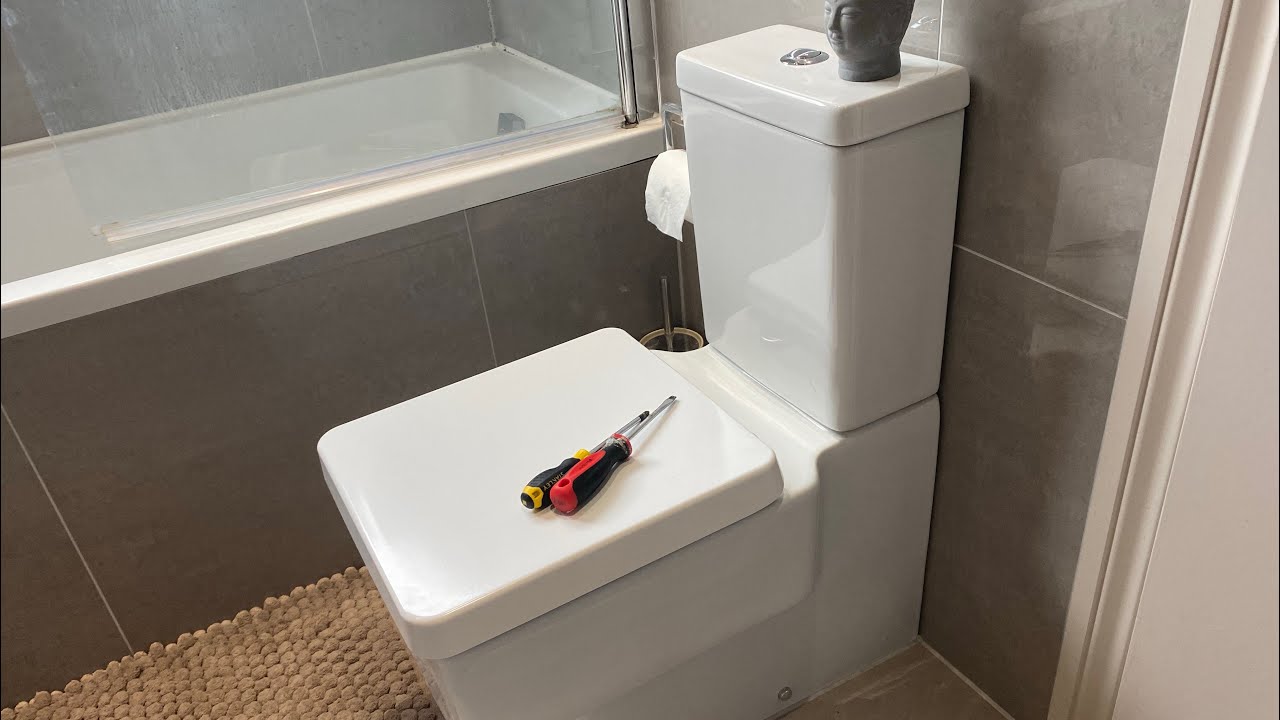
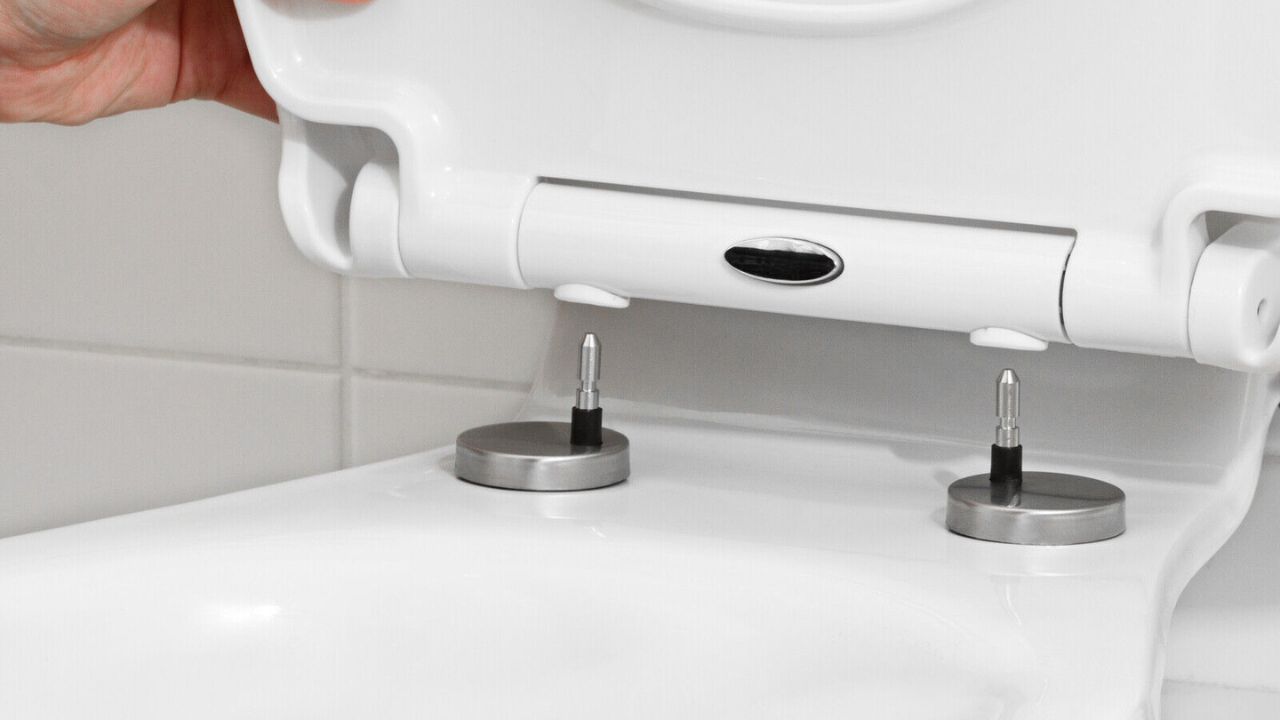

0 thoughts on “How To Fix An Overflowing Toilet”